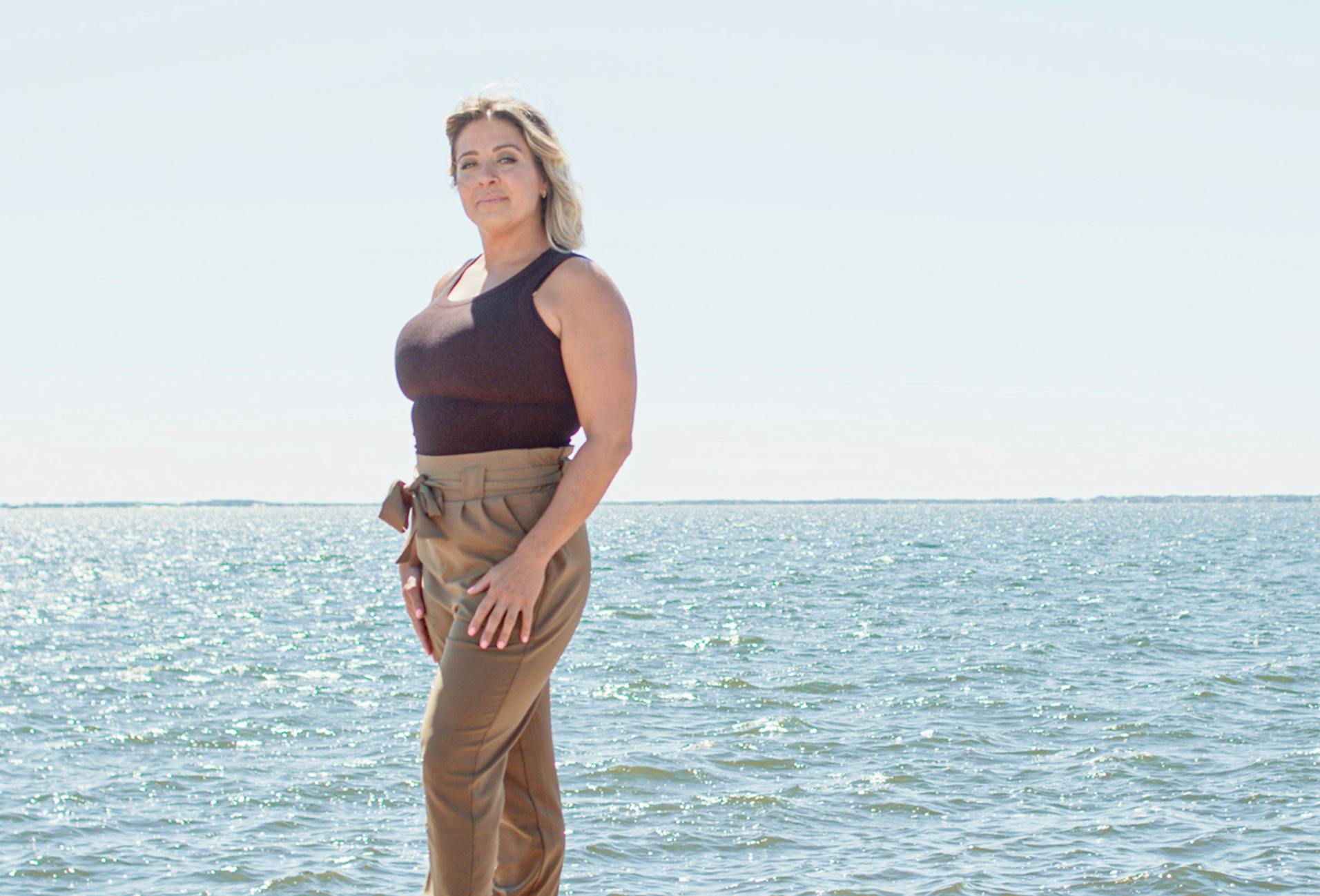Tummy Tuck Procedure Details
Before Your Surgery
Prior to surgery, it is important to follow your surgeon’s instructions carefully in order to avoid complications and delayed healing. If you smoke, you will need to quit for around 4-6 weeks before and after your procedure. You may also need to discontinue certain medications, such as blood thinners (aspirin and NSAIDs). You should follow a healthy diet leading up to your tummy tuck, drink lots of water, and get ample rest.
In addition, you should schedule someone to drive you home and assist you on the day of your appointment, as you will be woozy from anesthesia. Prepare your living space for recovery by placing your most necessary items within arm’s reach of the bed and stocking up on essentials like water, towels, snacks, and magazines. Be sure to wear loose-fitting, comfortable clothing that can be easily removed to your appointment.
On the Day of Your Surgery
On the day of your surgery, you will undergo a series of steps as follows:
- General anesthesia or IV sedation will be administered, ensuring you are completely unconscious throughout the surgery. While you are asleep, we will carefully monitor your vital signs, keeping you safe and protected.
- Your surgeon will then create an incision stretching across the belly between the navel and your pubic hairline. The length of the incision is usually determined by the amount of skin that needs to be removed. Scarring will later be hidden by the bikini line. In some cases, an additional incision might be created within the belly button.
- The skin is pulled down, allowing your surgeon to firm the belly muscles and remove drooping skin folds. The remaining skin is then sutured into place, and the belly button may be relocated to a more youthful-looking location.
- If necessary, drainage tubes may be placed at this stage. These drains help rid the body of excess fluids and blood, accelerating the healing process.
- Finally, the incisions are closed using sutures and surgical tape. The treatment area is bandaged, and the patient is fitted with a compression garment to help reduce swelling and keep the newly sculpted contours in pristine condition.
- After you heal, you will enjoy a flatter, tighter midsection that is more proportionate to your overall physique. You will be able to choose from a wider range of clothing and swimwear selections, and you may experience increased vitality and energy with optimized workouts.


















